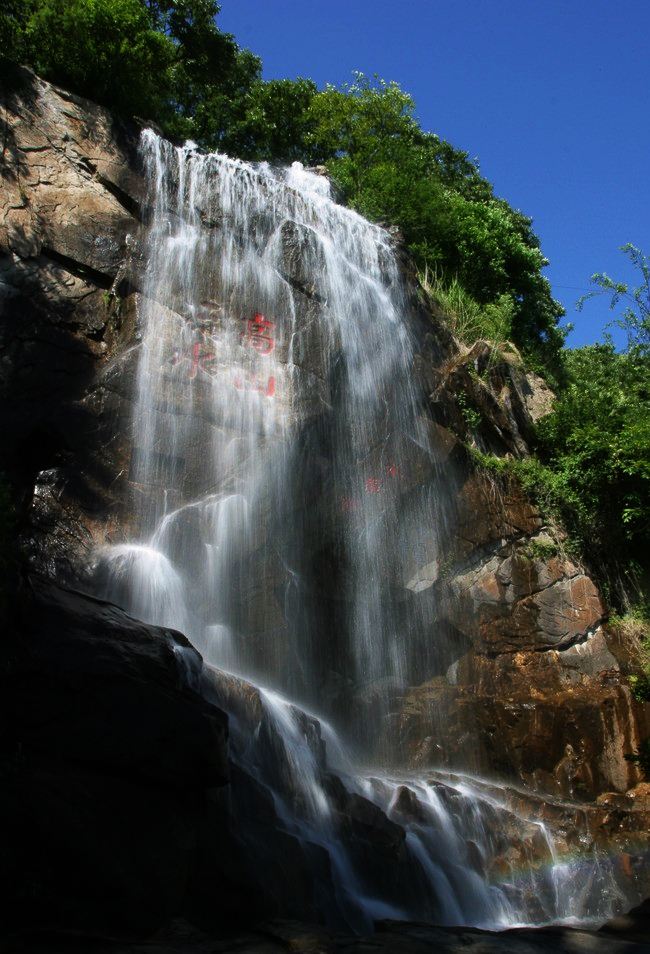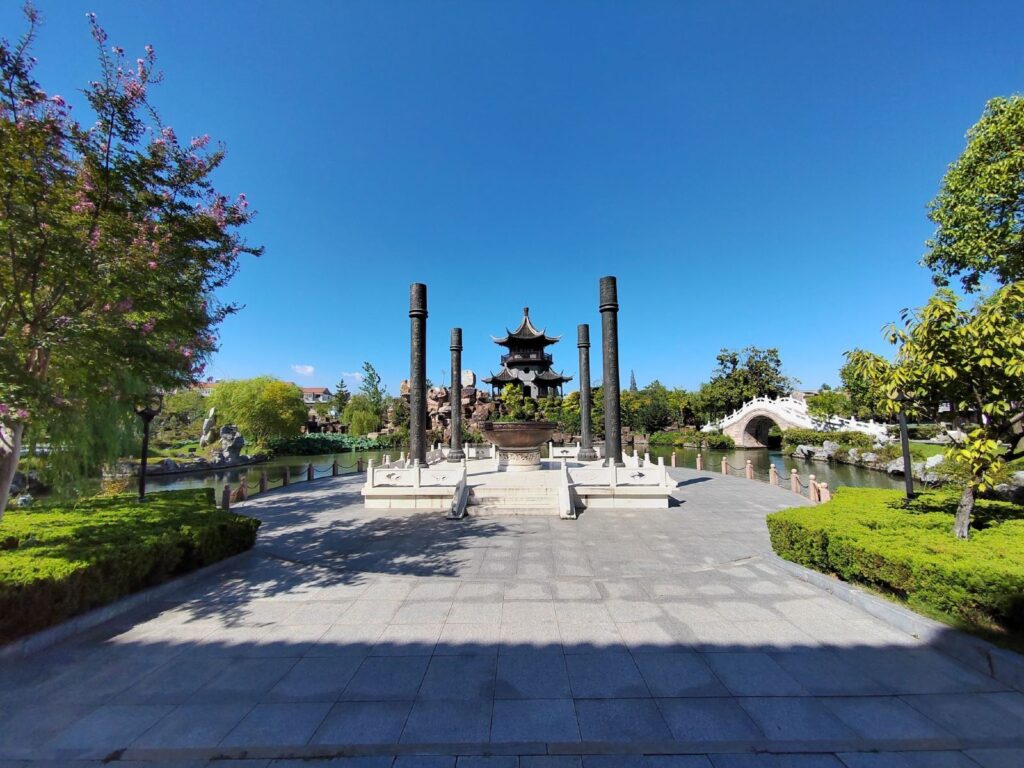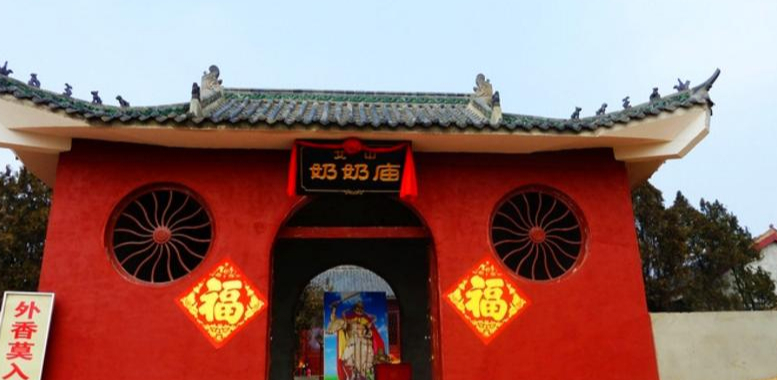Shuilian Cave, situated in the scenic Mount Huaguo in Lianyungang City, has gained international fame due to its association with the classic Chinese novel ‘Journey to the West.’ It is said that Wu Cheng’en, the author of the novel, was inspired by this very cave. In the narrative, it provides an early mythological setting for the character Sun Wukong. While there are many caves named Shuilian Cave across China, this one predates the popularity of ‘Journey to the West,’ having been named before the novel’s widespread circulation. During the Ming Dynasty, Zhang Chaorui, a native of Haizhou, mentioned in an inscription for Sanyuan Palace that Shuilian Cave was a must-visit for pilgrims.
The four large characters ‘Gao Shan Liu Shui’ inscribed on the stone wall were written by the then-governor of Haizhou, Wang Tong, in the 23rd year of the Jiajing era (1544), well before ‘Journey to the West’ was published. Shuilian Cave is a natural fissure cave with an artificial tunnel leading to a lower platform. The cave entrance boasts many precious inscriptions, including ‘Yinxin Shiwu,’ which was personally written by the Qing Emperor Daoguang and bestowed upon Tao Shu, a high-ranking official.


